In the bustling souks of Marrakech or the serene blue alleys of Chefchaouen, one ritual remains a constant across Morocco: the serving of mint tea. Known locally as "atai," this vibrant green infusion of gunpowder tea and fresh spearmint leaves is more than just a beverage—it is a symbol of hospitality, tradition, and cultural identity. Yet, beneath its refreshing allure lies a topic of quiet debate and regional nuance: the sugar content of Moroccan mint tea. To the uninitiated, the tea’s sweetness might seem overwhelmingly high, but to Moroccans, the balance of sugar is as much an art as the pouring technique itself.
The preparation of Moroccan mint tea follows a meticulous process, often involving multiple infusions of Chinese gunpowder tea, handfuls of freshly picked mint, and, crucially, sugar. The quantity of sugar varies widely, influenced by geography, occasion, and personal preference. In urban centers like Casablanca or Rabat, the tea might be moderately sweetened, aligning with modern health-conscious trends. But venture into the rural landscapes of the Atlas Mountains or the Sahara’s edge, and you’ll find the tea syrup-thick, with sugar cubes dissolved to the point of near saturation. This divergence reflects not just taste but deeper socio-economic and historical undercurrents.
Historical Roots of Sweetness
The Moroccan love affair with sugar dates back centuries, intertwined with the country’s position as a crossroads of trade. Introduced by Arab traders during the medieval period, sugar was initially a luxury item reserved for the elite. Over time, as global trade expanded, sugar became more accessible, embedding itself into daily life. By the 19th century, it had become a staple in Moroccan tea culture, transforming the drink from a bitter medicinal brew to a sweetened social elixir. The French and Spanish colonial periods further cemented this habit, as European powers commercialized sugar production in Morocco, making it ubiquitous even in remote villages.
Today, the amount of sugar in mint tea often serves as a subtle indicator of status and generosity. In many households, serving tea with scant sugar might be perceived as miserly, while an overly sweet brew signals warmth and abundance. This cultural coding is particularly evident during festivals or family gatherings, where the tea’s sweetness escalates in tandem with the occasion’s importance. During Ramadan, for instance, the breaking of the fast is frequently accompanied by glasses of tea so sugary they verge on dessert-like, providing an immediate energy boost after a day of fasting.
Regional Variations and Modern Shifts
Traveling through Morocco, one quickly notices how sugar preferences shift with the terrain. In the northern regions, influenced by proximity to Europe, tea tends to be lighter, both in color and sweetness. The coastal cities, with their exposure to global trends, often serve "atai na’naa" with a hint of sugar, sometimes even offering alternatives like honey or unsweetened versions to tourists. Contrast this with the southern oases, where the tea is poured thick and syrupy, a holdover from times when the high-calorie drink was essential for enduring the harsh desert climate.
Yet, change is brewing. With rising diabetes rates and growing health awareness, younger generations are questioning the traditional sugar-heavy formulations. Cafés in cities like Tangier and Marrakech now feature "tea menus" with customizable sugar levels, a nod to both tourism and local health concerns. Some avant-garde tea vendors even experiment with sugar-free infusions using stevia or dried fruit, though these innovations are met with mixed reactions from purists. The tension between tradition and modernity is palpable, as Moroccans navigate preserving a cherished ritual while adapting to contemporary wellness trends.
The Art of Measurement: How Much Sugar Is Too Much?
Quantifying the sugar in Moroccan mint tea is no simple task. Recipes passed down through families rarely rely on precise measurements, favoring intuition instead. A typical preparation might involve a heaped tablespoon of loose tea leaves, a large bunch of mint, and—depending on the household—anywhere from two to five sugar cubes per small teapot. To put this into perspective, a single glass could contain up to 25 grams of sugar, surpassing the World Health Organization’s daily recommended intake in one sitting.
Foreign visitors often recoil at the first sip, unprepared for the sweetness. But for Moroccans, the sugar isn’t just about taste—it’s about texture. The right amount of sugar gives the tea a slight viscosity, a smoothness that balances the astringency of the gunpowder tea and the sharpness of the mint. It’s a delicate equilibrium, one that seasoned tea makers achieve through years of practice. The tea isn’t merely drunk; it’s savored, with the sugar acting as a harmonizing agent rather than a dominant note.
Cultural Resistance and the Future of Sweet Tea
Despite the global shift toward reduced sugar consumption, Moroccan mint tea remains stubbornly sweet in many circles. Efforts by public health campaigns to promote moderation have encountered resistance, particularly among older generations who view the tea’s sweetness as non-negotiable. For them, altering the recipe risks diluting a cultural cornerstone. Even the act of pouring the tea from a height—a technique meant to aerate the liquid and create a frothy top—is said to be less effective with less sugar, as the syrupiness contributes to the desired consistency.
Nevertheless, the conversation around sugar in mint tea is evolving. Social media has become a platform for younger Moroccans to share "light" versions of the recipe, while culinary influencers debate the merits of tradition versus health. Meanwhile, in the labyrinthine tea shops of Fes’ medina, vendors report a growing (if still small) demand for half-sweet or sugar-free options. Whether these trends will culminate in a lasting transformation of Morocco’s national drink remains uncertain. What is clear, however, is that the debate over sugar is as much about identity as it is about flavor—a testament to the enduring significance of this emerald-green brew in Moroccan life.
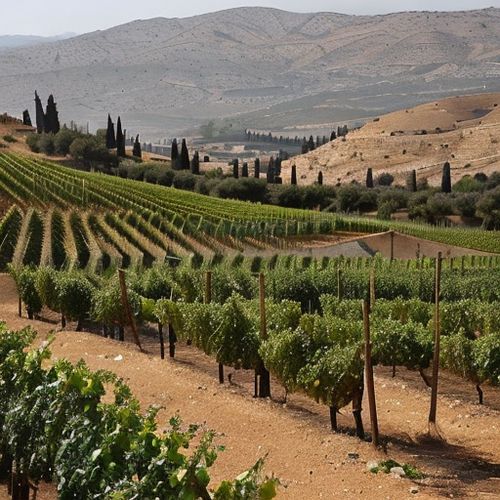
By Jessica Lee/May 10, 2025
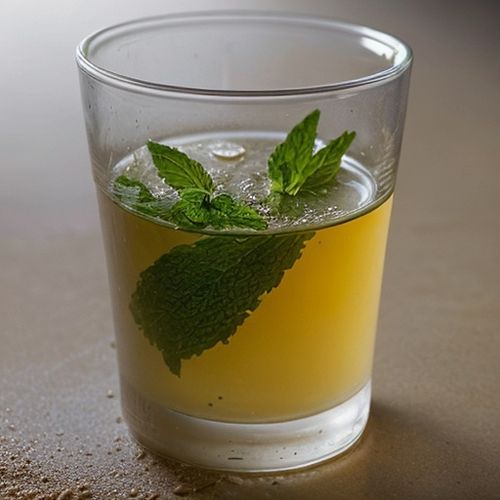
By Victoria Gonzalez/May 10, 2025
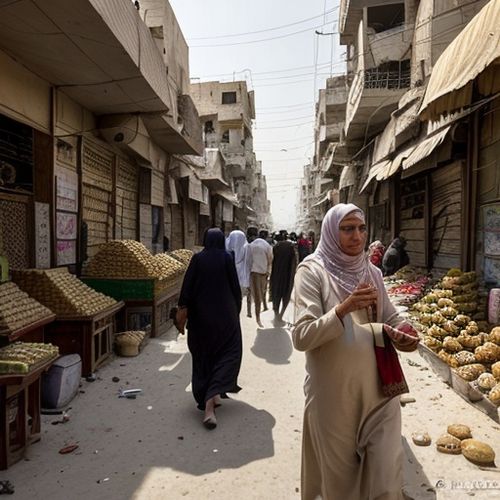
By Noah Bell/May 10, 2025
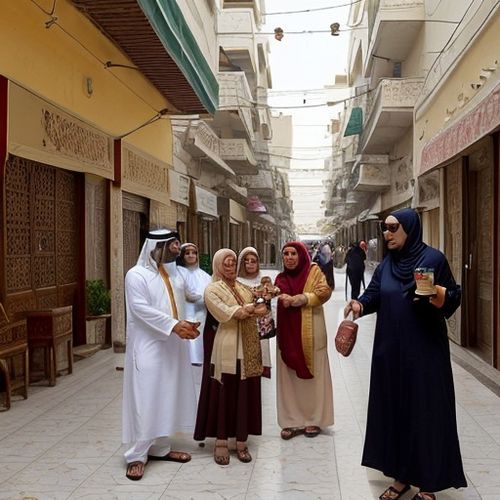
By Benjamin Evans/May 10, 2025
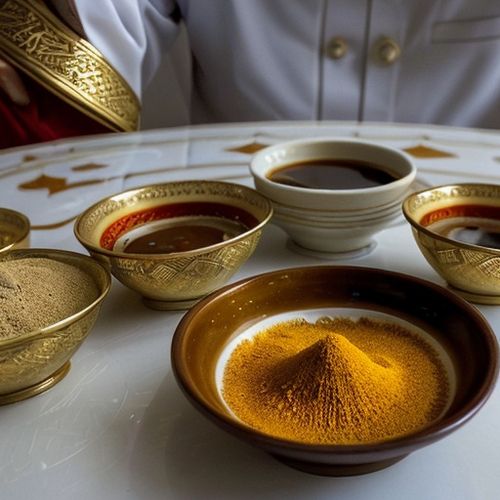
By Rebecca Stewart/May 10, 2025
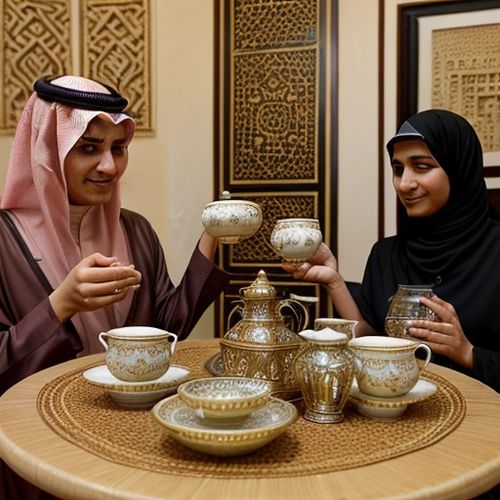
By Daniel Scott/May 10, 2025
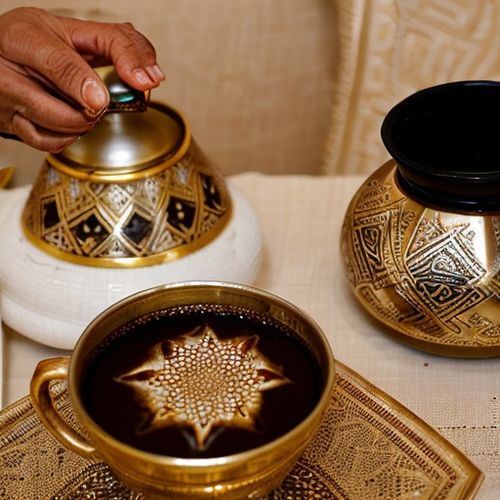
By Samuel Cooper/May 10, 2025
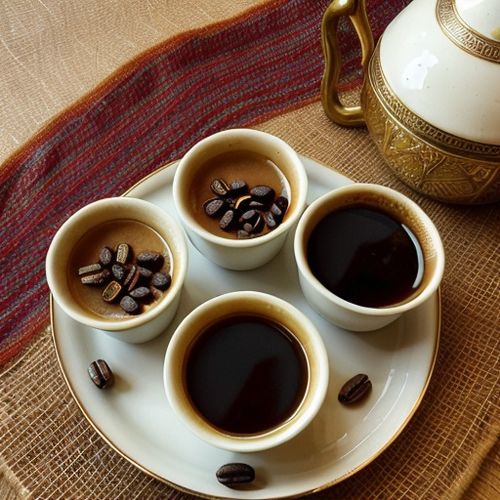
By Ryan Martin/May 10, 2025
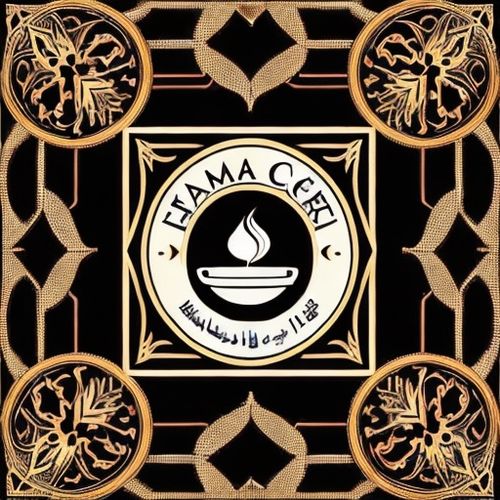
By James Moore/May 10, 2025

By Rebecca Stewart/May 10, 2025
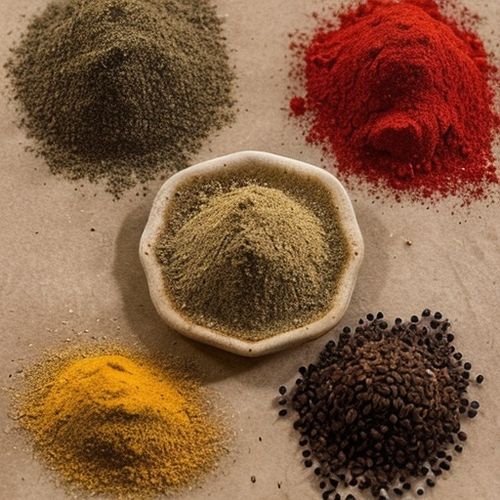
By Rebecca Stewart/May 10, 2025

By Thomas Roberts/May 10, 2025
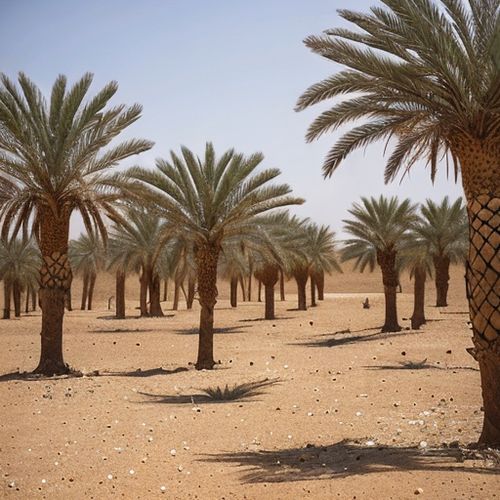
By Grace Cox/May 10, 2025

By Sophia Lewis/May 10, 2025
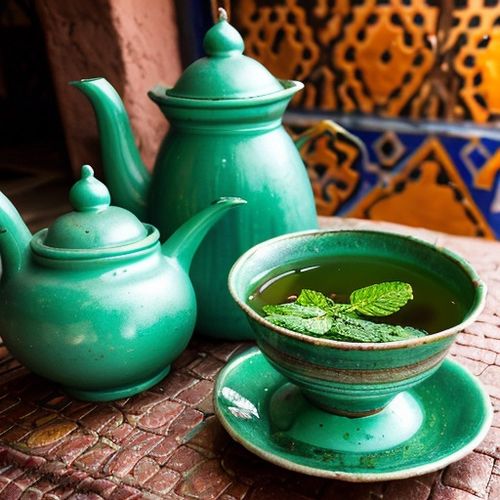
By Sophia Lewis/May 10, 2025

By Daniel Scott/May 10, 2025
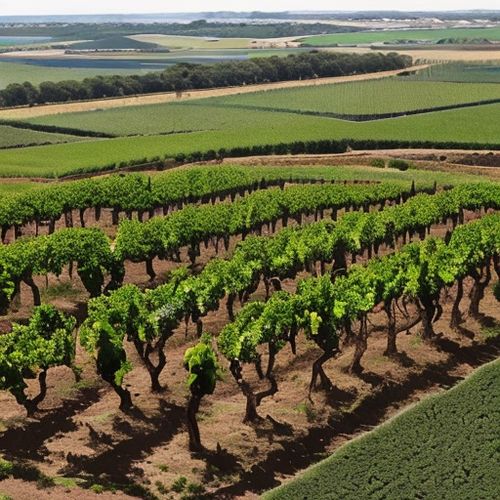
By Amanda Phillips/May 10, 2025

By Lily Simpson/May 10, 2025
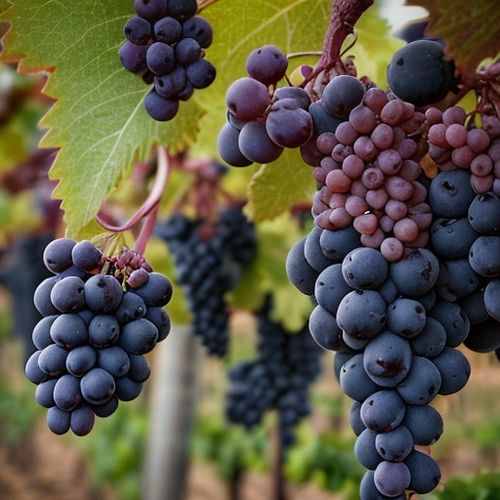
By Natalie Campbell/May 10, 2025

By Olivia Reed/May 10, 2025